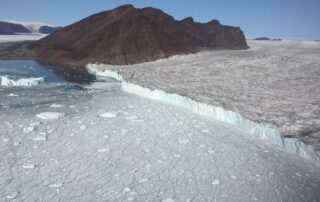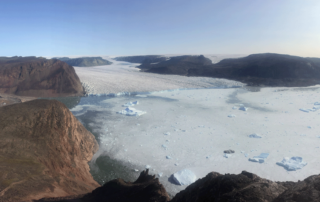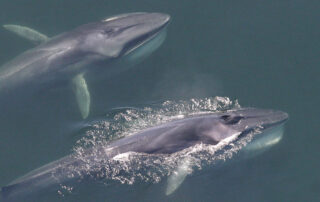Feature Sound: Lightning Striking the Sea!
Drawing by Diane Mayers. Imagine a rod of fire moving at a very high rate of speed causing the air around it to be heated to extreme temperatures of 50,000° F. to 54,000° F. As the charge travels through the air, the dramatic heating expands the air causing hydrogen atoms to explode. [...]


